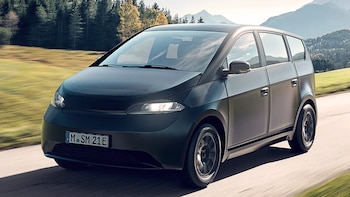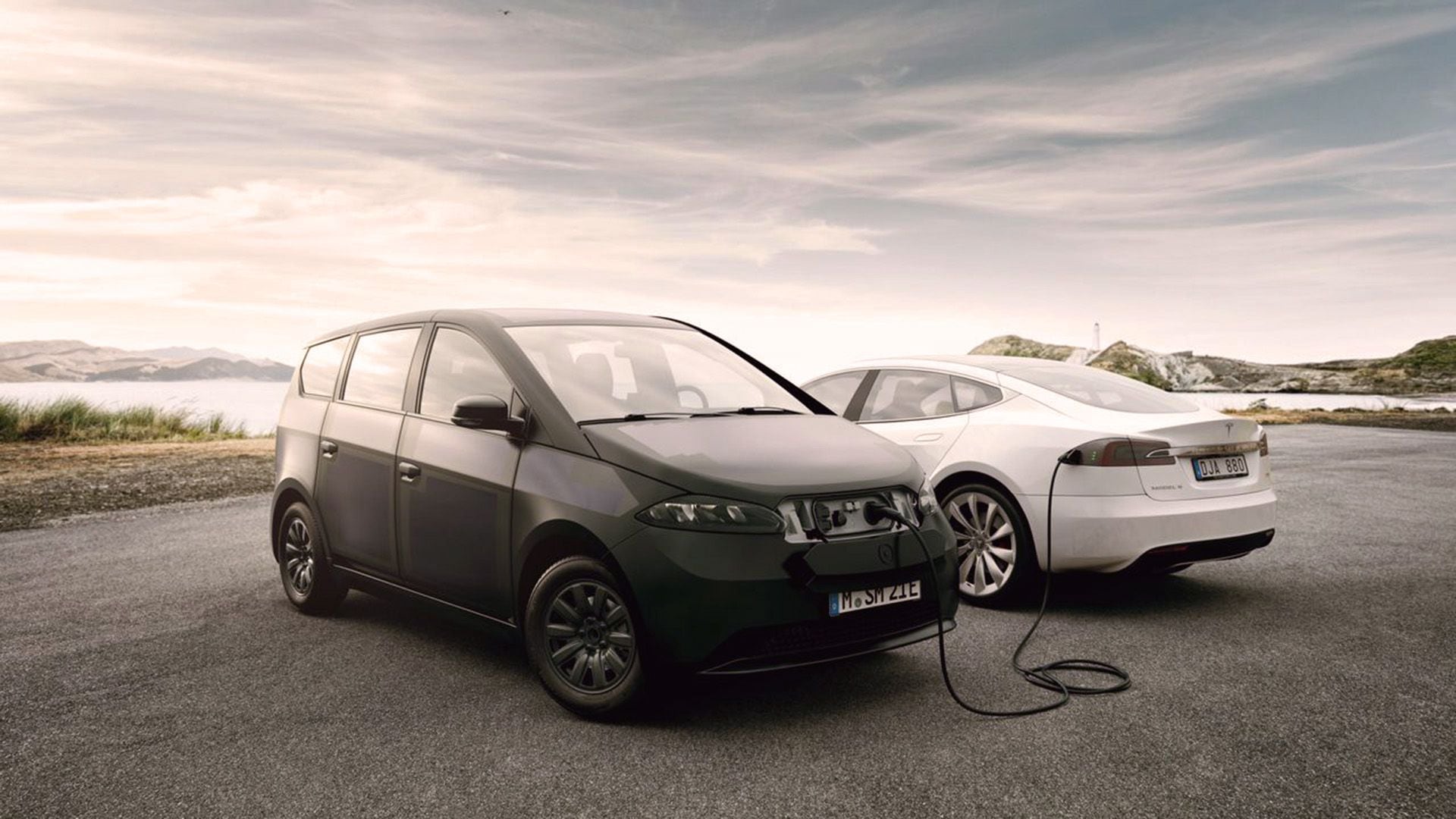
Projects born from small companies or startups, as they are now called, usually have loaded in their DNA the component of being from the ground up, an attempt, a search, or simply an idea, usually intangible issues that require funding to be realized or move from the prototype phase to that of reality.
The German company Sono Motors has generated some surprise in the world of sustainable mobility by announcing this week that the validation period of its Sono Sion solar electric car begins, with a view to approving the model over the next few months, so that production can begin next year.
Laurin Hahn, founder and CEO of Sono Motors, is just 26 years old, and thinks of the car as a product that should be, above all else, environmentally friendly. “Our goal is not to sell as many vehicles as possible, but to implement an innovative concept of CO2 neutral mobility,” he says. That's why the car is matte black, to better capture solar energy.

The Sono Sion is a minivan that was officially presented in 2019 as an affordable solar car concept, and that stands out from other projects because it is built using the least amount of elements that affect raw materials, rather than going along the path of materials produced thanks to recycling.
Sono's technology is based on two pillars. Its solar energy cells are two thirds lighter than glass with an exclusive polymer coating that protects them from wear and tear, but in the event of an impact, it does not generate chips, but only a dent or a blow and nothing else. But, in addition, thanks to this technology, the cells are placed not only on the upper faces of the body, as is often the case with solar cars, but on their entire body, which significantly increases the capacity for capturing photovoltaic energy.

This allows it to have 458 cells throughout the body, so it can accumulate electrical energy to run for 112 kilometers per week without having to rely on any other energy source than the sun. Its manufacturers say that in summer, when there are more daylight hours, it could be charged to drive about 245 km per week.
The other innovation that makes it possible to take advantage of Sono Sion's solar characteristics even more is that its batteries are 54 kWh LFP (Lithium Iron Phosphate), which, in addition to not using cobalt, have better energy retention below 1,000 cycles and are the safest of all the lithium-ion batteries on the market. These batteries will allow the car, to travel about 305 km per charge, and ensure that it reaches a charge of 80%, which is recommended for all daily electric car charges, in just 35 minutes.
The car has a 161 hp electric motor, with a torque of 270Nm and a maximum speed of 140 km/h. Unlike the Lightyear One project presented in 2020, the Sono Sion will be a car that is much more accessible to the pocket of consumers who want to move around taking care of the environment, since its price is estimated at 28,000 euros, while the Dutch car, which is not yet produced for sale, they estimate that it could be priced at 150,000 euros.

In addition, the Sion is designed to be a mobile power bank, with bidirectional charging and an AC (Alternating Current) wall box, so that its owners can take advantage of the car's solar panels when not driving.
The testing phase that begins in the coming weeks consists of 37 vehicles, including 16 complete cars and 21 other test structures. The work will consist of testing, validating and finally homologating the product, so that serial production can begin by 2023.
KEEP READING
One or two wheels? : how does the curious bicycle that rides on an infinity symbol work
Últimas Noticias
Debanhi Escobar: they secured the motel where she was found lifeless in a cistern

The oldest person in the world died at the age of 119

Macabre find in CDMX: they left a body bagged and tied in a taxi
The eagles of America will face Manchester City in a duel of legends. Here are the details

Why is it good to bring dogs out to know the world when they are puppies



